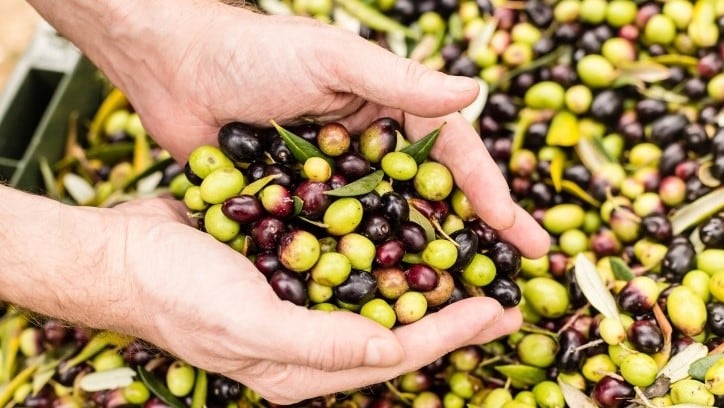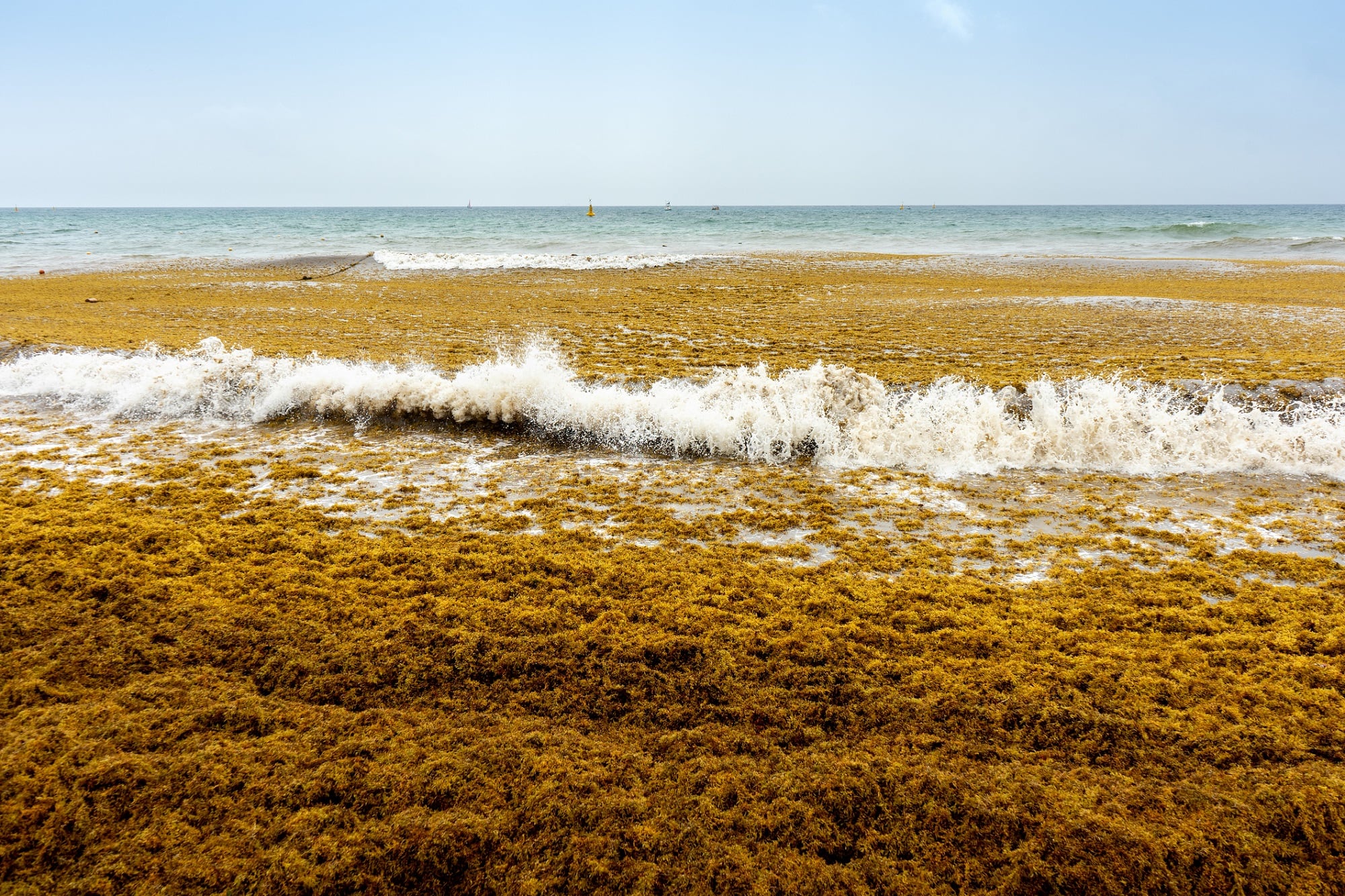As sustainability continues to drive innovation in the cosmetics sector, researchers are investigating underutilized agro-industrial byproducts as potential cosmetic ingredients. A recent study published in the International Journal of Cosmetic Science examines cork powder, a byproduct of the cork industry, as a viable, multifunctional raw material for personal care and makeup formulations.
We spoke to Sandra Mota and Ana Torres, PhD students who performed the practical work on the study, as well as the study’s principal investigator, Isabel Martins de Almeida, and senior researcher, Paulo Silva. These authors of “Overcoming challenges in the development of cosmetic formulations with agro-industrial by-products: The case of cork powder” shared their insights into the study’s key takeaways and practical applications for cosmetic and personal care product manufacturers and suppliers.
Study overview
Conducted by a multidisciplinary team based in Portugal, the study focused on evaluating the physical, chemical, microbiological, and cosmetic suitability of cork powder. The research addressed the material’s processing requirements, safety parameters, and potential applications in finished products.
The team subjected cork powder to a series of treatments, including sieving, washing, filtration, and heat treatment, to meet cosmetic-grade standards. It was tested for particle size, pH, oil absorption, moisture content, and heavy metal concentrations.
The cork powder demonstrated high oil absorption, acceptable levels of trace metals, and remained stable over a 90-day period both as a raw material and in oil-in-water (O/W) emulsion makeup formulations. The researchers concluded that while viable, “transforming by-products into cosmetic ingredients is a stepwise process that must be carefully carried out to ensure optimal performance.”
Key takeaways and author commentary
The study highlights cork powder’s potential as both a sustainable and multifunctional cosmetic ingredient. “Portugal is the largest producer of cork in the world, a renewable resource,” said Mota. “Cork powder is an underused by-product of the cork industry and every year, large volumes are generated,” she explained, “most of which are commonly burned to produce energy within the industry.”
Further, she added, “while this offers some value, it doesn’t fully capitalize on the material’s potential.”
Mota explained that cork powder offers unique benefits beyond sustainability, including the addition of functional benefits to cosmetic formulations such as “gentle exfoliation, antioxidant activity, sun protection factor boosting effect, and natural pigmenting properties.”
From a formulation standpoint, Torres noted that several hurdles had to be overcome. “By-products such as cork powder, besides presenting variable composition, inherently carry a microbiological burden and may contain contaminants from industrial processing,” she said. “To overcome these obstacles, we standardized procedures to ensure batch reproducibility.”
As part of the research process, she added, the powder was also subjected “to thermal processing to achieve microbiological compliance with legal requirements, without affecting its quality.”
Torres emphasized the importance of formulating with compatible emulsions, as “incorporating cork powder into a makeup formulation poses challenges.” Therefore, she explained, “incorporation in O/W emulsions should be performed using an adequate oily phase to ensure product homogeneity.”
Regarding functionality, Torres added that cork powder’s “high oil absorption capacity makes it also ideal for cosmetic products designed for oily skin, providing a mattifying effect.” Additionally, she continued, “since cork powder has a colour similar to natural skin shades, it can be incorporated into decorative cosmetics such as foundations and concealers.”
To meet safety standards, the researchers used inductively coupled plasma mass spectrometry (ICP-MS) to analyze heavy metals. “Each batch was tested for metal content using highly sensitive methods,” said Mota. “The results are documented in a Certificate of Analysis provided with every batch of cork powder, ensuring transparency and helping cosmetic brands meet their regulatory obligations during the safety assessment of cosmetic products.”
Looking ahead, Isabel Martins de Almeida, principal investigator and Paulo Silva, senior researcher, emphasized the importance of supply chain development and cross-industry collaboration. “The cork company Dimas & Silva is currently optimizing the process and the industrial structure to obtain a high-quality material,” said Martins de Almeida.
Silva added that “establishing an adequate supply chain is needed to advance cork powder to market,” and concluded that “partnerships with cosmetic industry suppliers are key” moving forward.
Source: International Journal of Cosmetic Science 2025;00:1–12. doi.org/10.1111/ics.13066. “Overcoming challenges in the development of cosmetic formulations with agro-industrial by-products: The case of cork powder.” Authors: S. Mota, et al.





